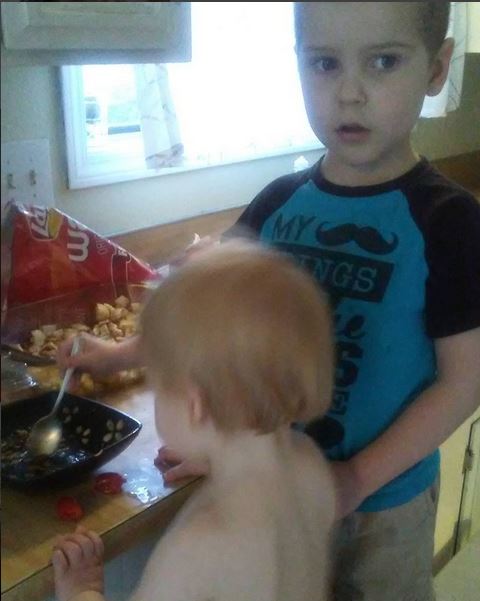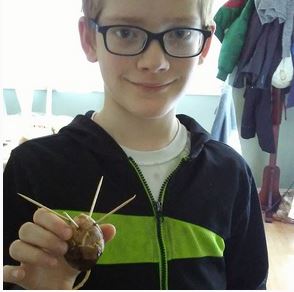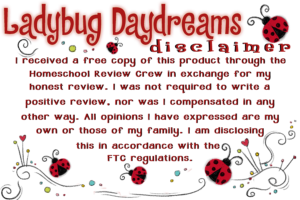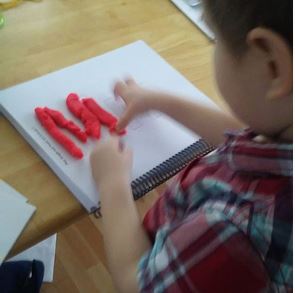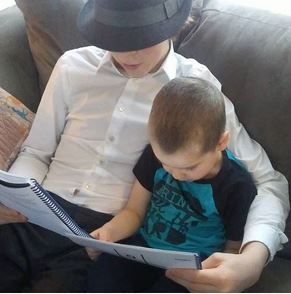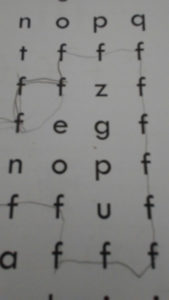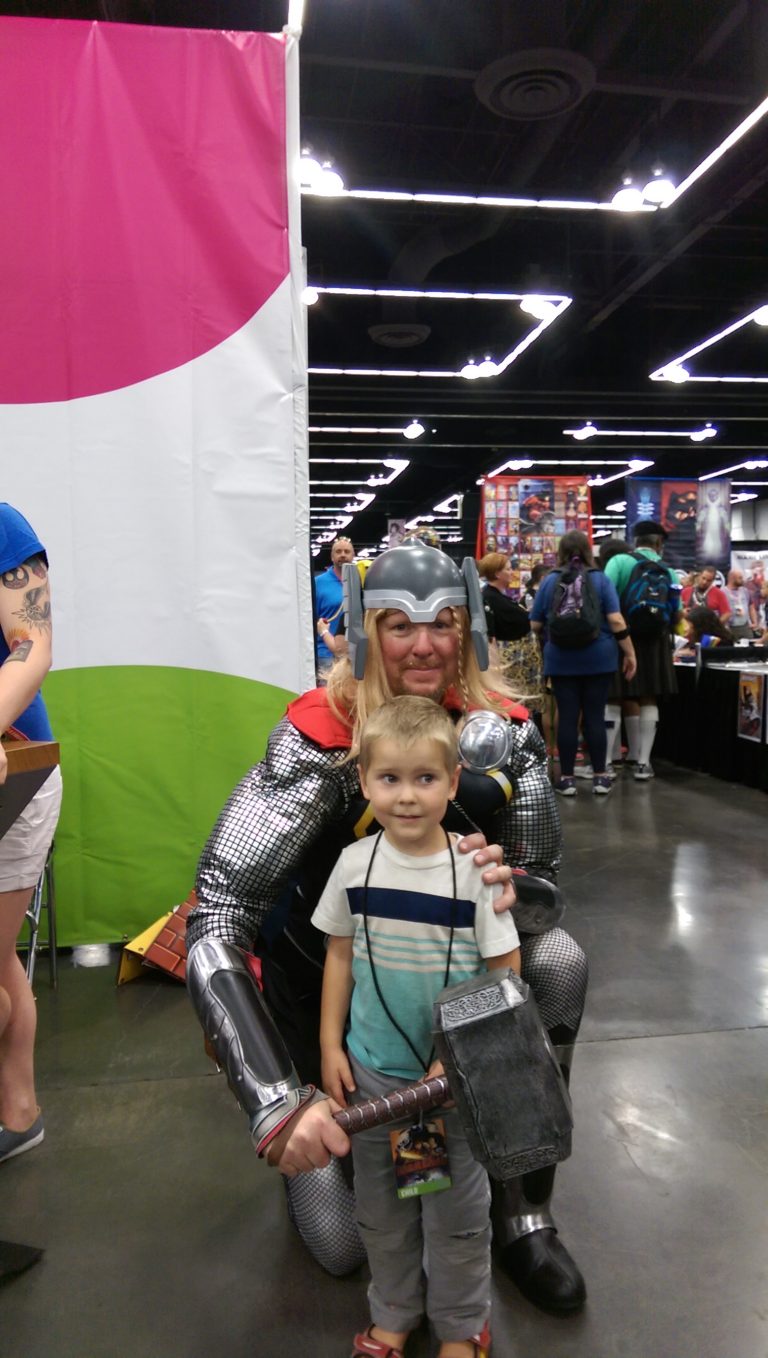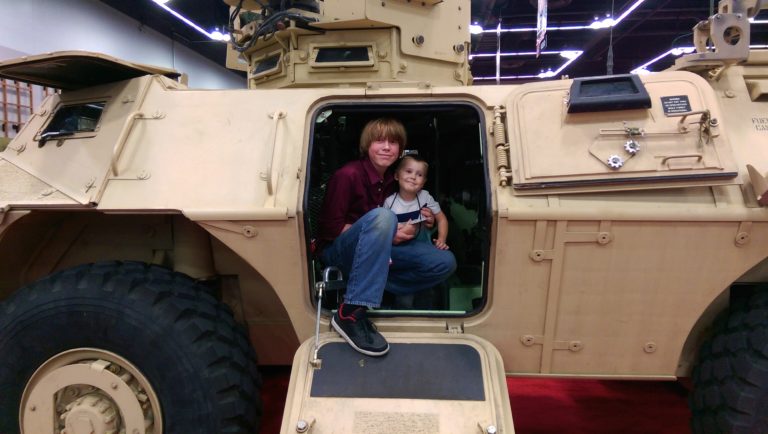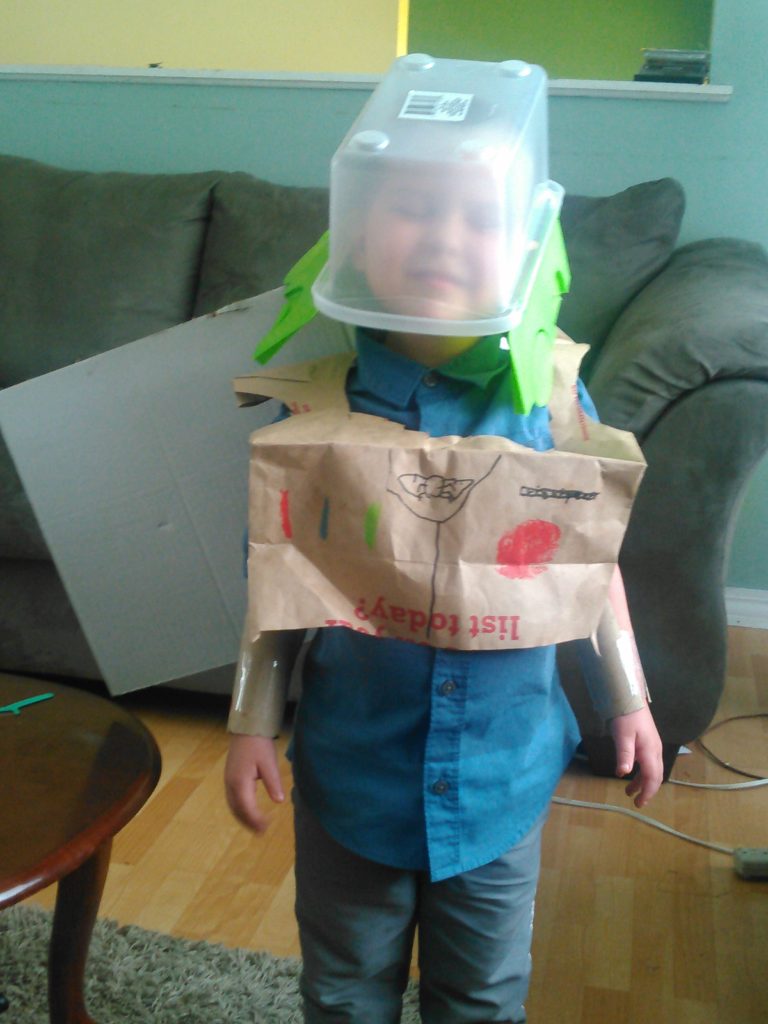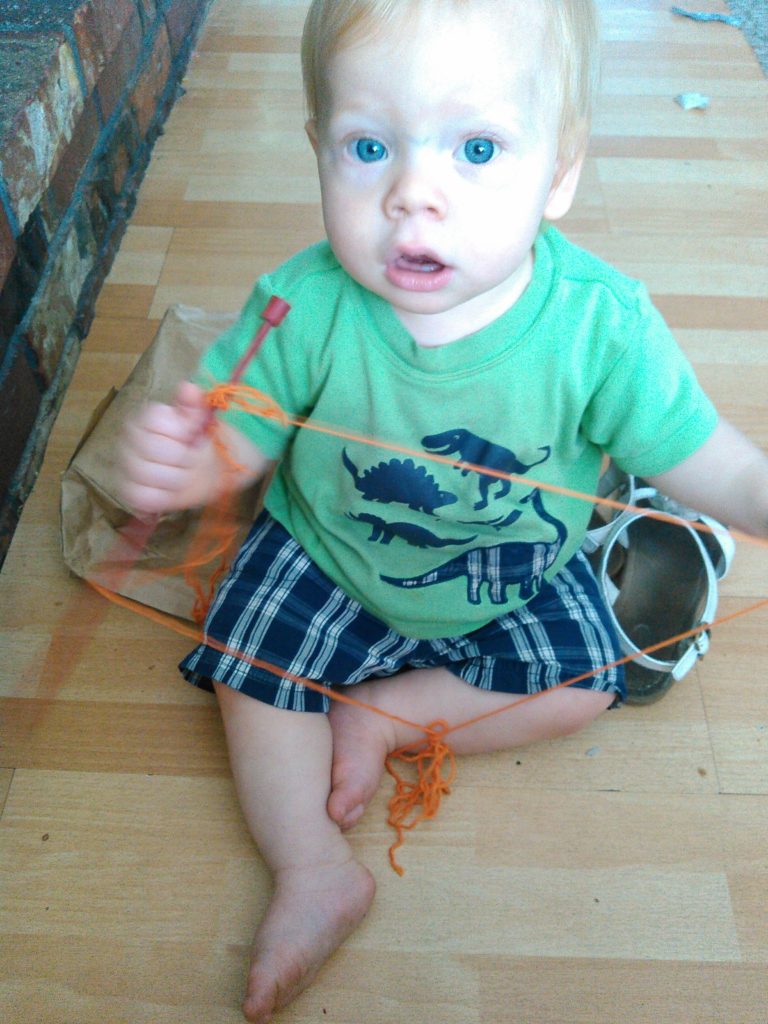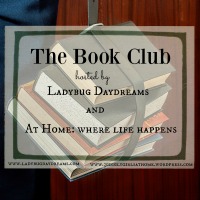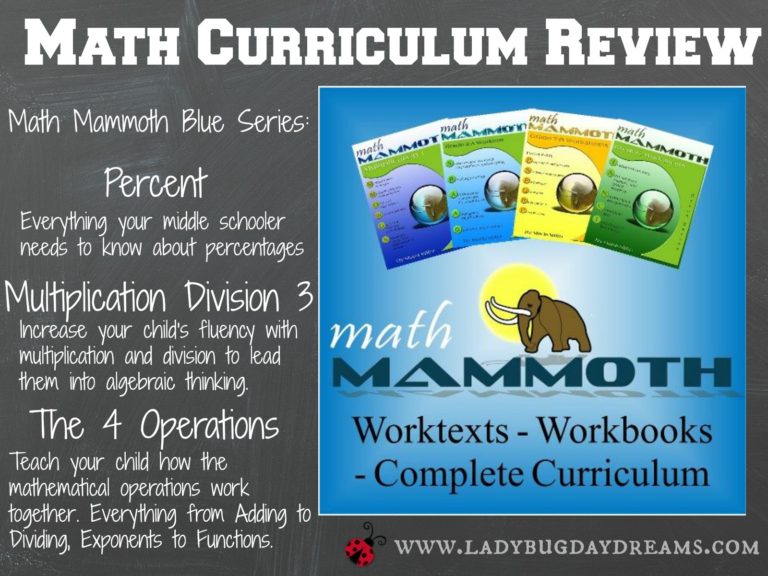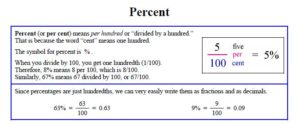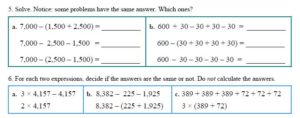How Dad Helps in Our Homeschool
A lot of homeschool families rely on one parent (usually Mom, but not always) to do the bulk of the schooling with the kids, and ours is no exception. However, we do have one “advantage” over others in that my husband is self-employed, and works from home most of the time. This means he has the opportunity to be more involved than he might otherwise be if he worked a traditional job. Here are some of the ways Will helps us out in this adventure we call homeschooling.
He takes the little boys out during school hours.
This might not seem like a way he’s helping with our homeschool, but it totally is. While Small Fry is nearing school age, and therefore isn’t usually too much of a distraction, Dragonfly (at only 16 months old) definitely causes problems sometimes. Sending him away with Dad for a few hours in the mornings assures that I can help the older boys with some of the complicated things that they need help with. While Will doesn’t do this every day, I always appreciate it when he does have the time to make it happen.
He’s really interested in history…
…and he shares this passion with the boys. My husband absolutely loves reading old books and learning about bygone eras. His current favorite is the French Revolution, and they’ve been doing a lot of studying together about this time period. Together, they’ve been reading Les Miserables, watching the film version of the opera in spurts, and learning everything they can about Napoleon. This included watching a 4-part documentary that they found on YouTube. Past units they’ve worked on together include WWII and the US Civil War.
He’s teaching them the “family business.”
Our family business is pretty non-traditional. My husband works in publishing both as an author/illustrator and as a graphic designer creating books for other self-published authors. He also puts out his own newspaper with content that he creates himself, including selling the ad space. On some of these outings (to deliver the papers or sell ads, mostly), he’ll take one of the boys and teach him what needs to be done and how to do it. Learning by example is a great way to understand things.
On the other side of things, he’s passed his love of drawing on to the children. They are all most comfortable with a pencil or crayon in their hand. This is definitely something they get from their dad. Sometimes we all work together to write the jokes for his comic strip, and this too is valuable life experience for the boys.
He encourages me when I’m feeling down.
This is another thing that might not seem like it really is related to our homeschool experience, but it’s definitely a helpful thing when things aren’t going perfectly. Knowing that my life partner is supportive of this endeavor we’re on is vitally important in our success. He’s a constant reminder that what we’re doing the right thing, even if it sometimes feels like we’re floundering.
He helps come up with big projects for the boys.
Because our two older boys are getting to the point where they need to learn to be self-starters, I often assign them bigger projects to help teach them time management. This is always in addition to whatever regular schoolwork we’re doing at the time. Sometimes I’m not very creative in coming up with what those projects should be, so Will is always helpful in coming up with ideas.
He’s a good disciplinarian.
I tend to be kind of a pushover sometimes, but not my husband. He can definitely be playful, but he takes his job as Dad very seriously. He knows that we’re not just raising “our kids,” but rather “someone else’s future husband.” We want our boys to be good husbands one day, and having a firm upbringing is part of this. Having such a strong leader in our family is a real blessing for both me and our boys.
These are just a few of the ways my husband helps out in our homeschool and our home lives. He’s a fabulous person to be married to, and I’m grateful for him every day.
How does your husband help you in your homeschooling journey? I’d love to hear your experiences, so leave me a comment below.
Blessings,
This post is part of the roundup “Dad in Our Homeschool” through the Homeschool Review Crew.




